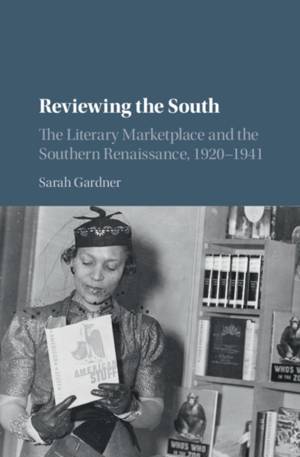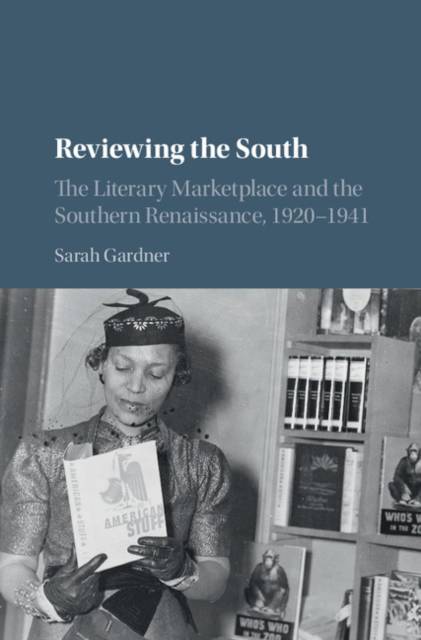
- Afhalen na 1 uur in een winkel met voorraad
- Gratis thuislevering in België vanaf € 30
- Ruim aanbod met 7 miljoen producten
- Afhalen na 1 uur in een winkel met voorraad
- Gratis thuislevering in België vanaf € 30
- Ruim aanbod met 7 miljoen producten
Zoeken
€ 93,95
+ 187 punten
Uitvoering
Omschrijving
The American South received increased attention from national commentators during the interwar era. Beginning in the 1920s, the proliferation of daily book columns and Sunday book supplements in newspapers reflected a growing audience of educated readers and its demand for books and book reviews. This period of intensified scrutiny coincided with a boom in the publishing industry, which, in turn, encouraged newspapers to pay greater attention to the world of books. Reviewing the South shows how northern critics were as much involved in the Southern Literary Renaissance as Southern authors and critics. Southern writing, Gardner argues, served as a litmus to gauge Southern exceptionalism. For critics and their readers, nothing less than the region's ability to contribute to the vibrancy and growth of the nation was at stake.
Specificaties
Betrokkenen
- Auteur(s):
- Uitgeverij:
Inhoud
- Aantal bladzijden:
- 326
- Taal:
- Engels
- Reeks:
Eigenschappen
- Productcode (EAN):
- 9781107147942
- Verschijningsdatum:
- 24/04/2017
- Uitvoering:
- Hardcover
- Formaat:
- Genaaid
- Afmetingen:
- 160 mm x 239 mm
- Gewicht:
- 594 g

Alleen bij Standaard Boekhandel
+ 187 punten op je klantenkaart van Standaard Boekhandel
Beoordelingen
We publiceren alleen reviews die voldoen aan de voorwaarden voor reviews. Bekijk onze voorwaarden voor reviews.











